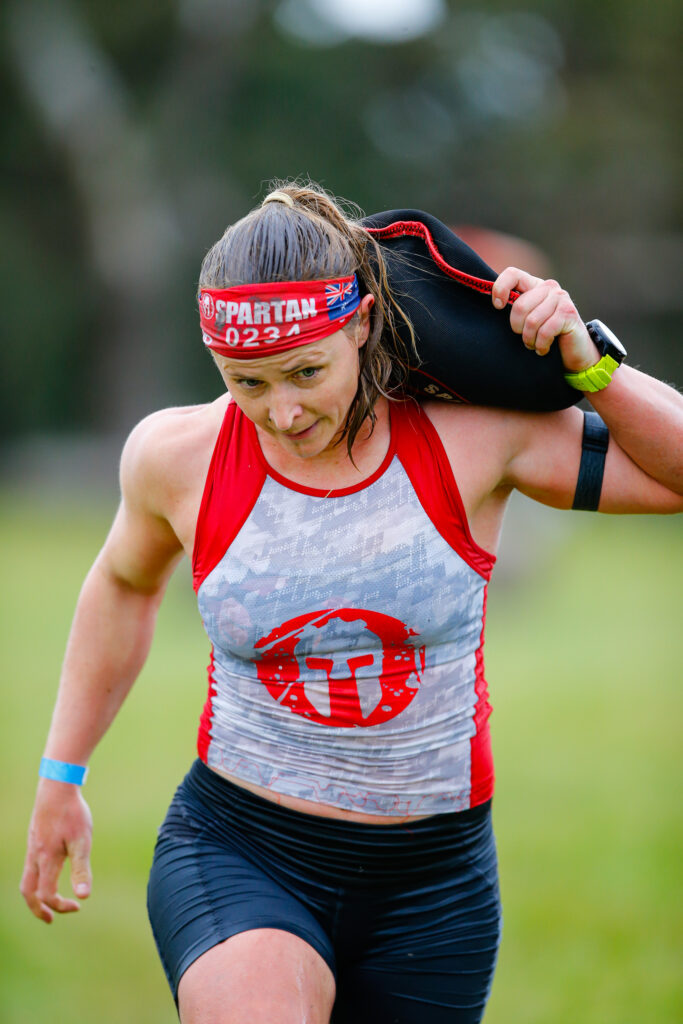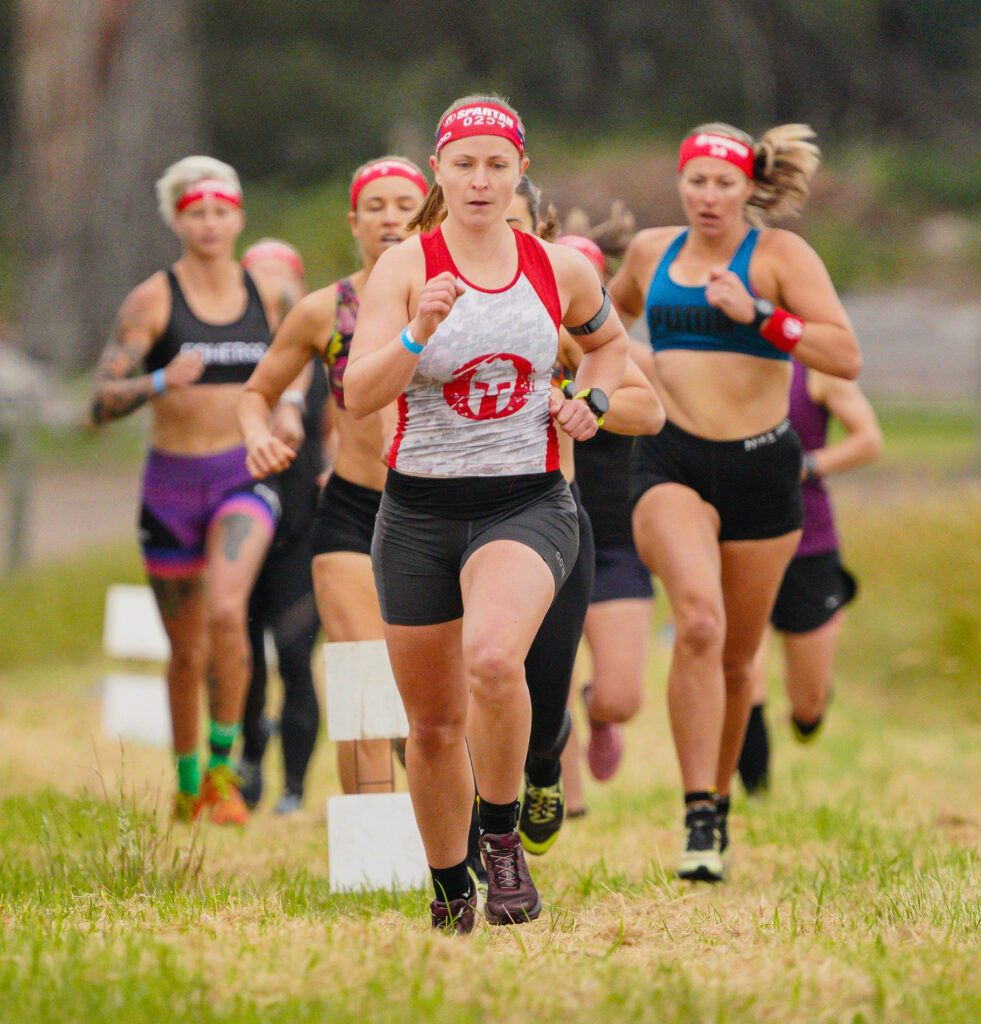GREAT SOUTHERN ENDURANCE RUN – Race Recap
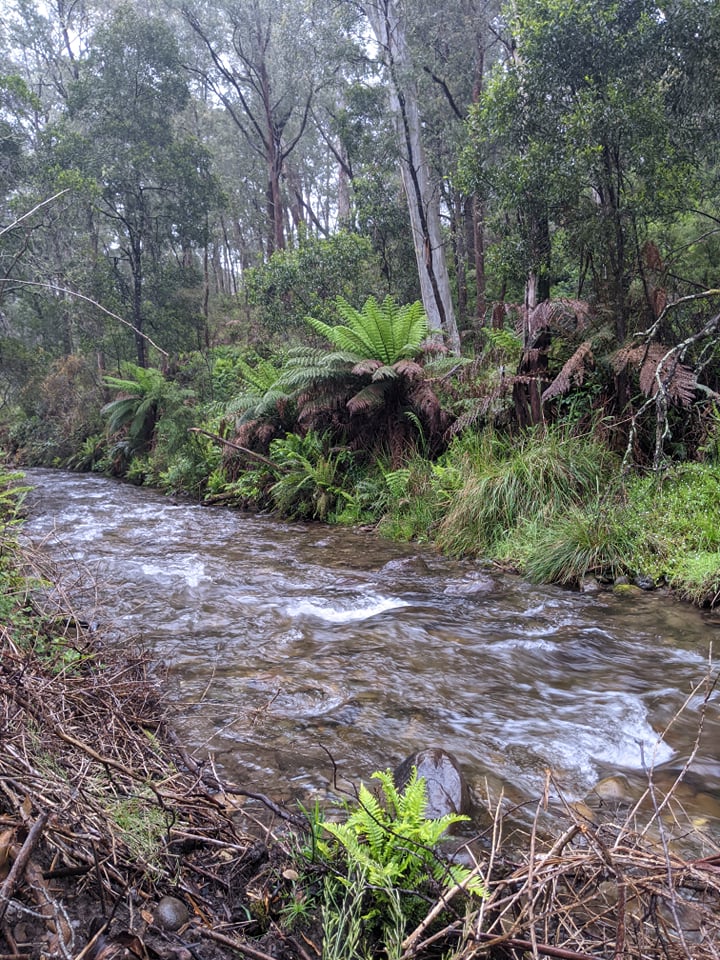
The Great Southern Endurance Run (GSER) has built a reputation for being the most epic mountain race in Australia. Prior to 2021, the event was held biannually, originally starting from Bright, but then changing to a Harrietville start. The 100 mile, 50mile and 28km courses all start with a 1,500m climb up North West Spur to Mt Feathertop. The 100 mile course then continues along some of the most technical, spectacular and remote parts of the Australian Alps, going out all the way to the Viking. The most recent iterations of GSER have had some bad vibes, with some racers feeling a bit unsupported and disgruntled (not me, but going off comments from previous competitors). Cue 2021 and GSER has come back as an annual event with Matt and Megan from Ultra Endurance running a completely refreshed iteration of the race. While I have always had an eye on GSER I never had the opportunity to race it because it always fell right in the middle of Spartan championship racing season. I was looking for a post-Covid end of lockdown celebration race and was so excited when Victoria opened its borders to the ACT just in time.
Preparing for GSER
Mt Feathertop is one of Australia’s only legit mountains. Standing at 1,898m above sea level, it is Victoria’s second highest mountain, complete with jagged rocky ridgelines, and a summit that makes you feel like you are at the top of Australia (much more so than Mt Kosciusko does). While most of Australia’s highest mountains are conical or part of high plains, Mt Feathertop is a conversion of steep and jagged ridgelines reminiscent of European mountains. If you slip or trip on a rock above the tree line in this terrain you are guaranteed to slice open part of your body, because the rocks are that pointy and unforgiving. In bad weather you can easily die from exposure in the Mt Feathertop area. There is no shelter into this treeless landscape and you can easily be blown off the ridge before you can make it to the shelter of a hut. In 2018 I had been up Mt Feathertop in bad weather only to have to turn around 1km from the summit and then barely finding the track down Bungalow Spur in thick cloud and rain. I didn’t even see Federation Hut and had kept going along the Razorback before realising I must have gone by. This experienced scared me. As it should. You should not attempt to go up a mountain with a snow storm forecast, particularly by yourself. In November, at the end of shoulder season, ordinarily exposure to the sun and dehydration will be your worst enemy in the alps. So I had been doing a lot of purposeful running in the middle of unshaded firetrails to practice for that exposure.
I entered GSER on 31 October 2021, 13 days before the race when it was clear I could get to Victoria and back without having to quarantine. I thought I had left it last minute – but I subsequently learned that Lucy Clark had entered the night before – so she trumps me. I had been doing a higher volume of running during lockdown. However, I had then started off season where I was working on flat speed development (a weakness of mine). The point of the training block was to let my body recover from the high volume of the previous ten months, and improve my speed before starting to build volume and fitness in December for races in March 2022. I was running only four times a week with each session focused on quality (2xZ4/5, 1xZ3, 1 easy run), but I knew with the high volume of training I had done during lockdown I would be fine to complete the race and have fun. Two weeks before the race I did one long run with 1,300m of vert in 21km on technical mountain terrain, but that was it in terms of specific training. Except that one long run my ‘long runs’ had been capped at 80mins for the off season.
The race directors Matt and Megan were very careful about mountain safety. You have to qualify for GSER either by completing a race of similar distance and vertical gain or by providing your training to prove you can do the run. Matt and Megan also took compulsory gear seriously (appropriate given the circumstances). I packed and weighed my vest the week before and it weighed 6.5kg.
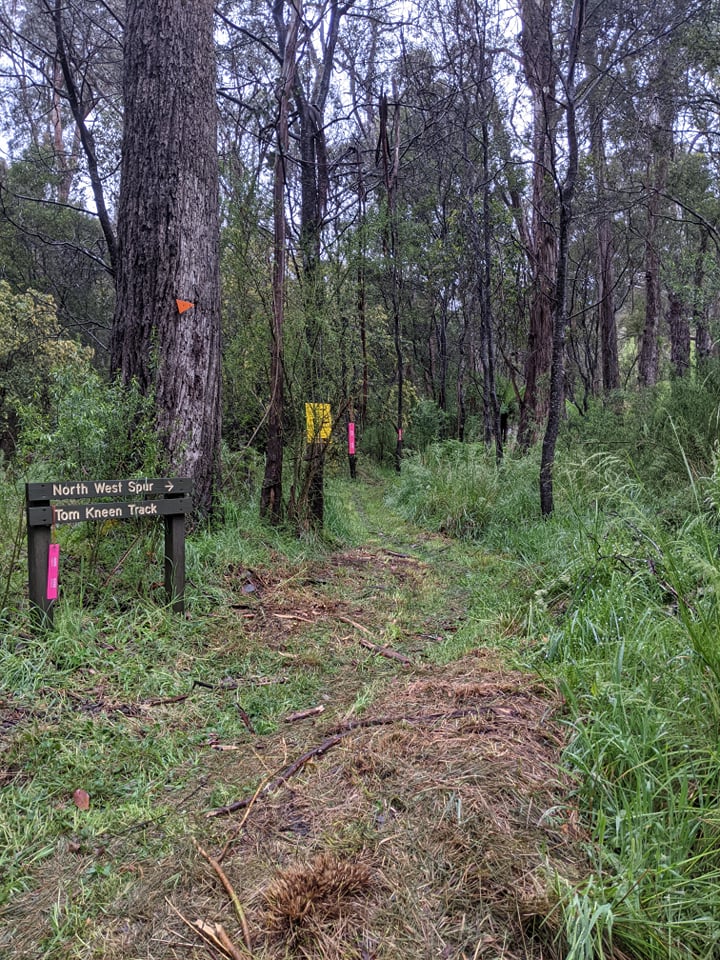

The weather and the consequences
Instead of the hot and exposed conditions I had expected, the forecast was for 10-20mm of rain with snow storms and -2 at Mt Feathertop, with 25km/hr winds. No one likes a hypothermic trail race. Yes, I have run on snow a total of seven times this year. I often run on mountains above 1,700m. But I would never even attempt to go out in those kinds of conditions. I had already had my hypothermic race of the year at Mt Buller Skyrun and wasn’t looking forward to another similar experience.
The 100 and 50mile courses were re-routed to do 6 and 3 laps respectively of the 28km course. Sounds sensible, but this meant that these racers were completing the NW Spur (1,462m vert) multiple times. NW Spur is widely regarded as the toughest vertical kilometre in Australia, being steeper and longer than Hannelss Spur in Kosciusko NP (apparently – though after doing it I still think Hannels is more technical and longer – but they must be close). Imagine signing up to do an out and back course only to be told you are doing loops of the most difficult part of the course. The 100 milers started at 7am on the Friday and they weathered the worst storm over night. Several of the racers had to warm up at Federation Hut under supervision of the medical team for hours before being warm enough to continue down Bungalow Spur. By Saturday morning the course was completely saturated, making the single trails which makes up 23km of the 28km course even more muddy and technical.
The race
Warming up I was surprised that although it was drizzling a little it was humid and 10 degrees. How pleasant. I was wearing shorts and a singlet at the start line and Megan came over to make sure I had all my gear in my pack. We were instructed to put on all our compulsory gear prior to leaving the tree line and at the very latest at MUMC hut. At the start line I was talking to this Dad and his 13 year old son who were doing the 28km together. Pretty impressive for a 13 year old to take on this course. I also talked to Justin Hiatt who would be starting the 50 mile race one hour after we started. I joked that I needed to get to the finish before he overtook me on his first lap.
The 28km distance had more females than men entered. This is a credit to Matt and Megan who really pushed female participation in the race, including by featuring women of GSER in their Instagram stories. All women received a women of GSER buff for free which was pretty cool. They even had a Women of GSER Spirit Award for showing strength, determination and support of others (awarded to Belle Campbell). Great to see women being so supported and supportive of each other.
The start was fast, as the first 5km goes along the sealed bike path that links Harrietville from Bright. Ran the first kilometre in 4 mins, then slowed a little, as I was really conscious I had not trained for this distance or this race, but I had been training on flat surfaces so there was a risk I would push this section too hard. So instead I ran controlled and talked to Katie Eisenhauer (who is from Jindabyne – I was pretty sure I had met her before – anyway we were talking). This is really uncharacteristic of me. I don’t normally chat to people during races because I am at close to lactate threshold, but at least I could tell I was running at a controlled exertion level. Kelli Emmerson was running up ahead. On reaching the ‘big trout’ outside Mountain Fresh Salmon Farm, we turned right up the Stony Creek Rd firetrail and finally onto the North West Spur track. The next 2.5km were a steady uphill following the fern lined creek. The creek was flush with water from the rain, the single trail damp underfoot and there were raindrops dripping in heavy globes onto our heads. There was a volunteer directing people across the river. You could cross the river or go a bit to the side to a log crossing. I went across the river as it appeared only ankle deep, saving time and also overtaking a couple of people. The trail then got muddier, thinner and off camber following the creek line some more. It was obvious that the race directors had cut away some of the blackberry bushes hanging over the trail, as these lesser used trails in the alps are normally much more overgrown. At this point local runner Jess Short and Katie came up behind me. Jess passed. We then went down a short but technical muddy section and back up again losing Katie. I learned that Jess is good at technical terrain both uphill and down and Katie is fast on the flat and uphill but not at technical downhill. Then out of nowhere Shivonne Sieber powered by, floating up the steep vert. She must have had a conservative start because I had not seen her at all until then (about 7km in). I talked to her after the race and she also crossed the river to save time rather than going to the log crossing. It was great to see such strong ladies on the climb. I was happy with my offseason climbing speed but I wasn’t pushing anywhere close to threshold which is what I would normally do on an uphill powerhike. I would like to say this is because I was having fun and this is the offseason, but the reality was more that I didn’t trust my body to make the distance being so underprepared for it. In retrospect this was a mistake. My body was totally fine and I should have trusted that meant I could push hard despite the lack of specific preparation. I should have been pushing hard uphill which is actually my strength and then being more conservative on the downhill if needed.
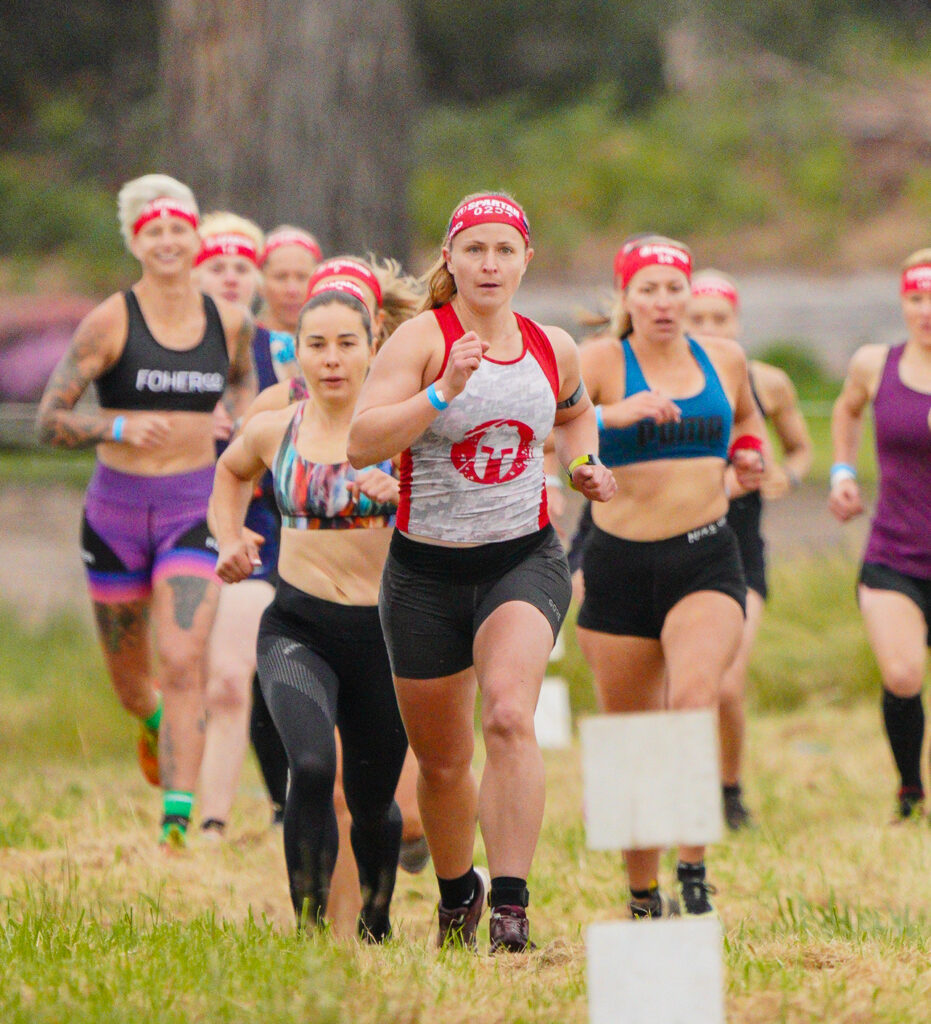

NW Spur did not disappoint. It got muddier and steeper as it went. You could see from the slide marks that it was not just me who was occasionally losing footing. I was in such a good mind set. So far there had not been heavy rain. It was warm and humid. I had already consumed two gels. My legs were strong. Towards the top of the steep climb I was following this guy in a purple waterproof. The track turned into a slightly gentler gradient and we emerged past out of Mountain Ash country into snow gum country. Just prior I had to stop and get out my waterproof jacket. My jacket has tight cuffs and fits tight. This enhances the ability of the fabric to do its job with breathability and also is lighter as I am not carrying excess fabric. But it also means I have to take off my pack and my watch to put it on. Next time I get a new waterproof I will have be investing in a bigger jacket that can go over my pack and doesn’t require me to take off my watch. I probably spend at least five mins during the race stopping for clothing changes. You have no idea how jealous I was of the people who simply reached into their packs without stopping and draped their waterproof over their shoulders and continued running. I want to be more like them.
Finally the MUMC hut came into view. I had not expected it to be on such an exposed shoulder. The hut is unusual, kind of shaped like a small observatory. Anyway, straight on we could see the towering Mt Feathertop with its jagged ridgeline. I love this part of mountain runs when you get above the tree line. It is so freeing. Except now we were facing pretty gusty winds and rocky and muddy terrain. After a short descent there was another steep climb before the track evened out to skirt around Feathertop to the shoulder. By now I realised I had a lot left in my legs and really regretted not pushing harder on the climb. I accelerated, overtaking purple jacket guy who I had been following for some time and starting the descent to Federation Hut. I decided to stop at Federation Hut to fill a soft flask but this probably was completely unnecessary. I should have spent that time taking off my waterproof jacket and retying my laces to reduce foot slide when descending. Instead I started the 10km descent down Bungalow Spur. Although the gradient is beautiful, the single trail was pretty chopped up and muddy and pretty technical in the first part. I knew I wouldn’t catch Kelli Emmerson (who finished first in 3:05) or Shivonne (who finished second in 3:06) but I if I really pushed it I thought I might catch Jess. Within two kilometres I had overtaken Jess. I told her to come with me as we might catch second place. Nothing like helping push the pace by working together. After about another kilometre of fast descending I had to stop and take off my jacket (remove pack, remove watch, stash jacket, put on watch, put on pack). In this time Jess overtook me. Then I overtook her again. I could really feel the friction blister on my right foot pad now but managed to make up time on Jess and was at least 500m away when we went past the photographer at a small creek crossing. Emerging off Bungalow Spur track I just had to stop to tighten my right shoe to help with the blister pain. Stopping on the down hill is such a big no because the time you lose in momentum is exponential to what you lose stopping on an uphill or flat. If I had tightened my shoes and stashed my jacket at federation hut I would have saved 2-3mins which is a lot on a downhill. Anyway after crossing the bridge and passing the finish line there was a flat 2km on the pavement. My blister was excruciating at this point. Luckily I had the guy I met on the descent (Jordan O’Neill) to follow and I got to the turn-around cone. Jordan has his whole family cheering and because I was close behind I also caught those vibes. Made it to the finish line with a little bit in the tank (3:15) but also so grateful for this celebration of surviving lockdown, and this opportunity to finally experience NW Spur.


More than the race
I will be getting a bit personal now, so you can stop reading if you are not into that. This marks over ten months of being injury free after two years of continuous injuries. The previous two years there is no way my body would have withstood a 28km mountain race, let alone doing such a race in the offseason without a proper build or taper. The fact my legs coped surprisingly well is a testament to what you can do when you are healthy and strong. It is also a testament to all of the rehab and single leg strength training I have done multiple times a week the whole year. A strong body can do so much. The race gave me so much confidence that I can now really push hard in races without worrying my body is going to fall apart, and it is such a relief. I had doubted many times I would ever get back to this point. Just shows if you make some changes to training, nutrition and training load and prioritise your health, it will return. If I can do a race like this during off season when I have been running only four times a week, this gives me so much confidence with what I can do after the summer pre-season build. It was also such a relief to have so much fun during a race. I know this was probably related to the fact I was not redlining like I normally would, but it has been a long time since I have run a race over 20km where my thoughts have been predominantly positive and I did not seriously contemplate pulling out of the race. All the work I have been doing to change the thought processes in my head during lockdown have actually started to pay off. So keen to continue the journey.
Shoutouts to:
· my family in Adelaide for taking lots of panicked phone calls about potentially dying in a snow storm and listening to me complain about the weight of the compulsory gear
· Lisa Aldo for the last minute advice about how to better pack my gear in my vest to prevent bouncing and make it more comfortable (this made a huge difference)
· Caine Warburton who helped me with my very short taper and shoe selection despite not officially coaching me anymore
· Race directors Matt and Megan for reviving this beauty of a race and genuinely caring about the safety of runners
· Endurance Medical Servicers who provided support not only in the festival area but also had several team members stationed at Federation Hut. They had to trek it up Bungalow Spur with all their first aid gear. I am sure it weighed a lot more than the 6kg of compulsory gear the runners were carrying.
· All the 100 milers who were out overnight in the worst conditions, and who had to complete six laps of the most gruelling course – that mental toughness is inspiring.
· Justin Hiatt for creating such good trial vibes on the Friday and Saturday and then going to win the 50 miles in a pretty inspiring way. Canberra represent.
· All the women who raced, and in particular all the women in the 28km – it is pretty rare in a trail race of this distance and difficulty for the number of female starters to outnumber the men.
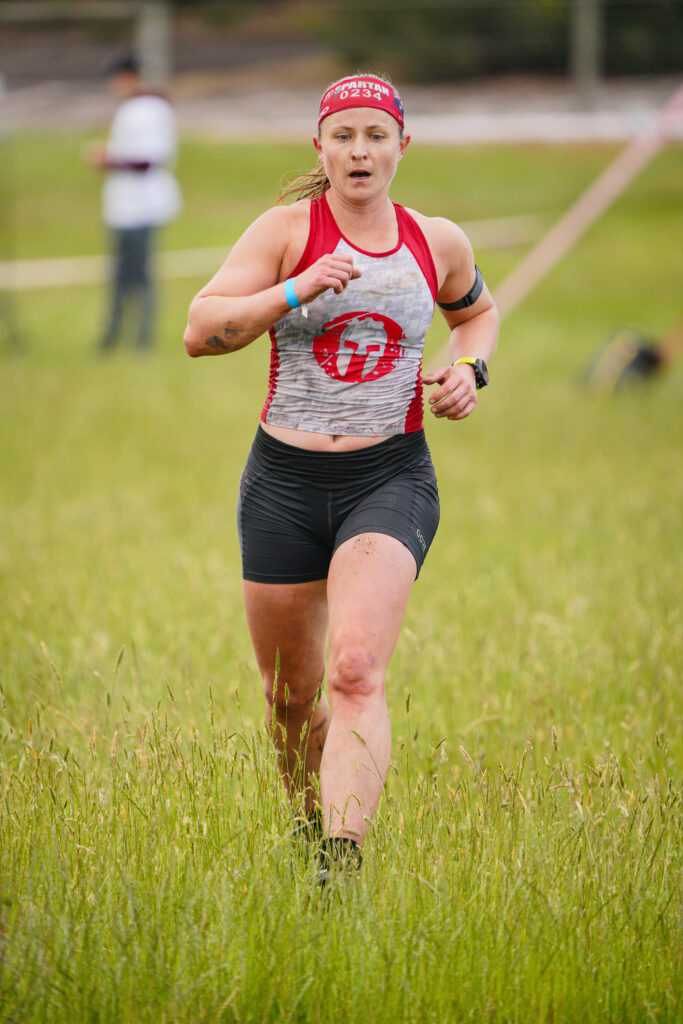
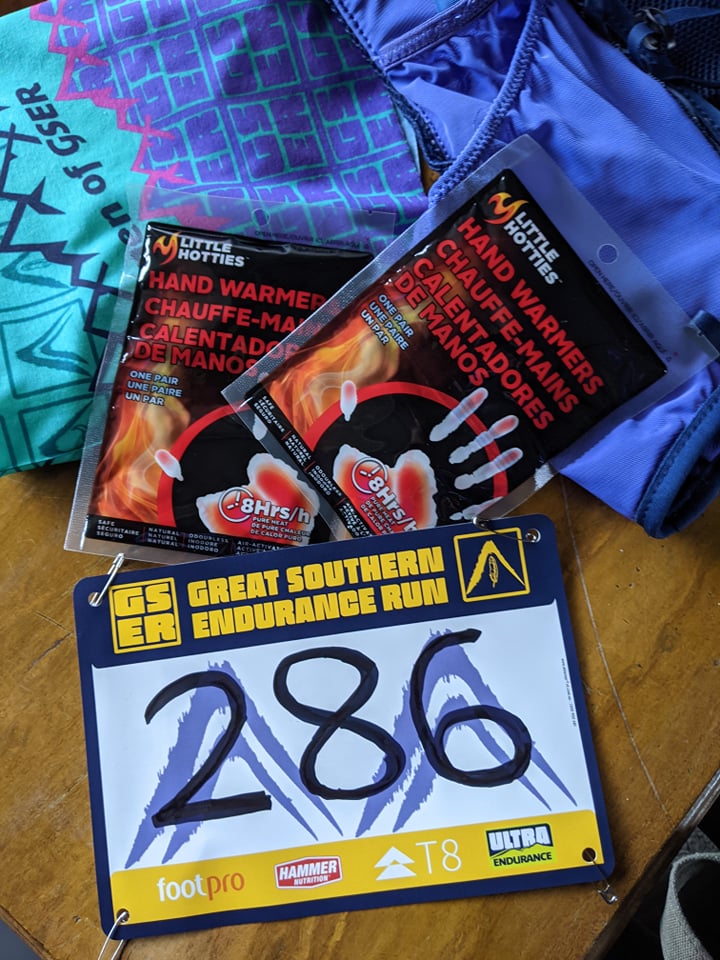
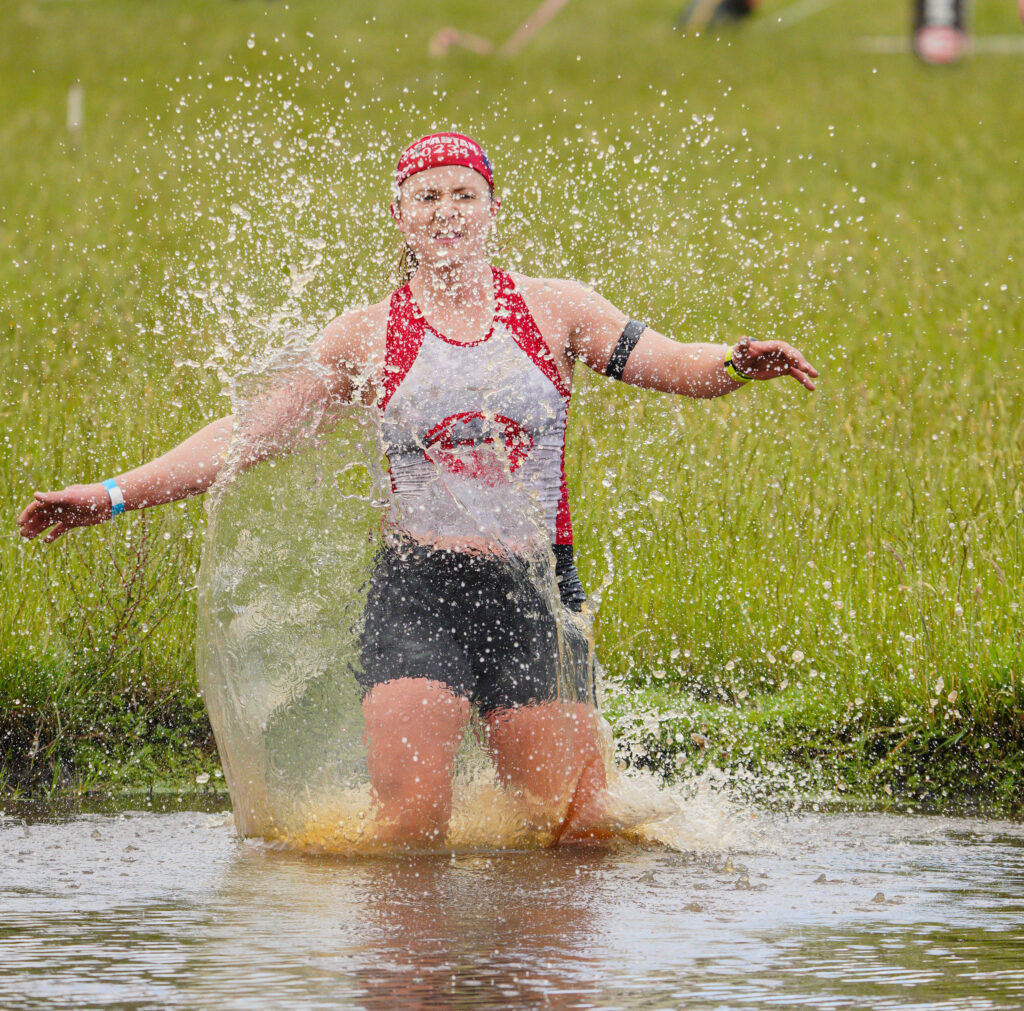
Justin Hiatt, winner of the 50 miler, coming in to transition after his second lap.

